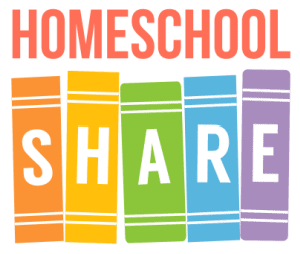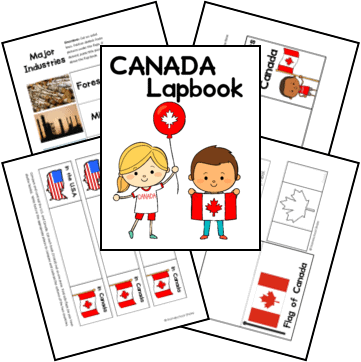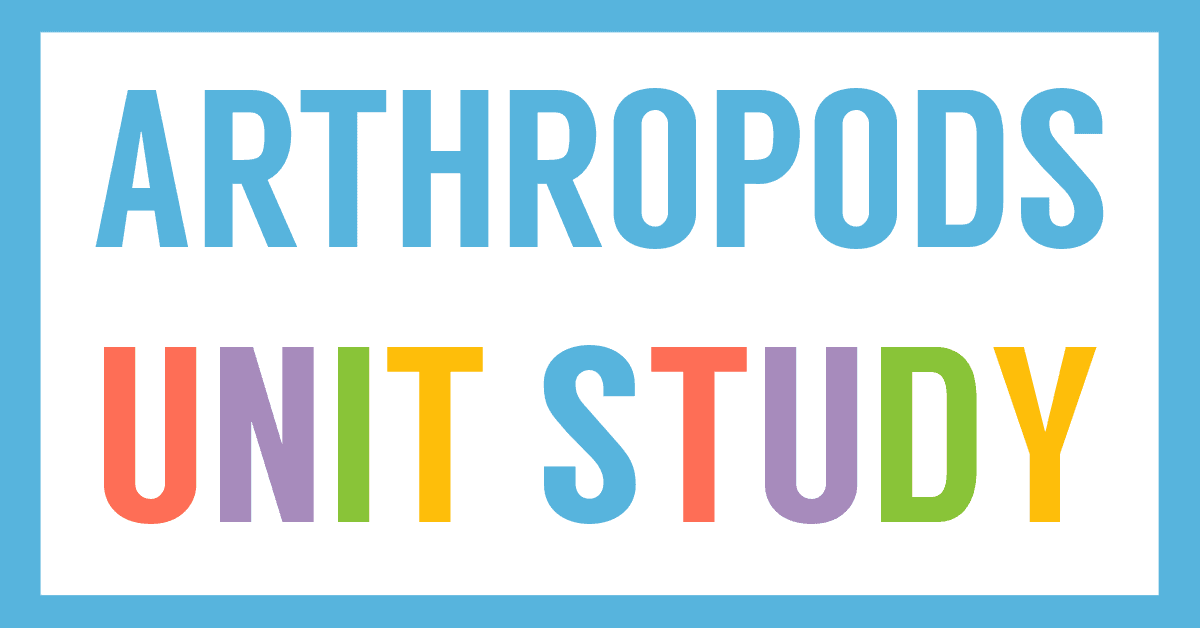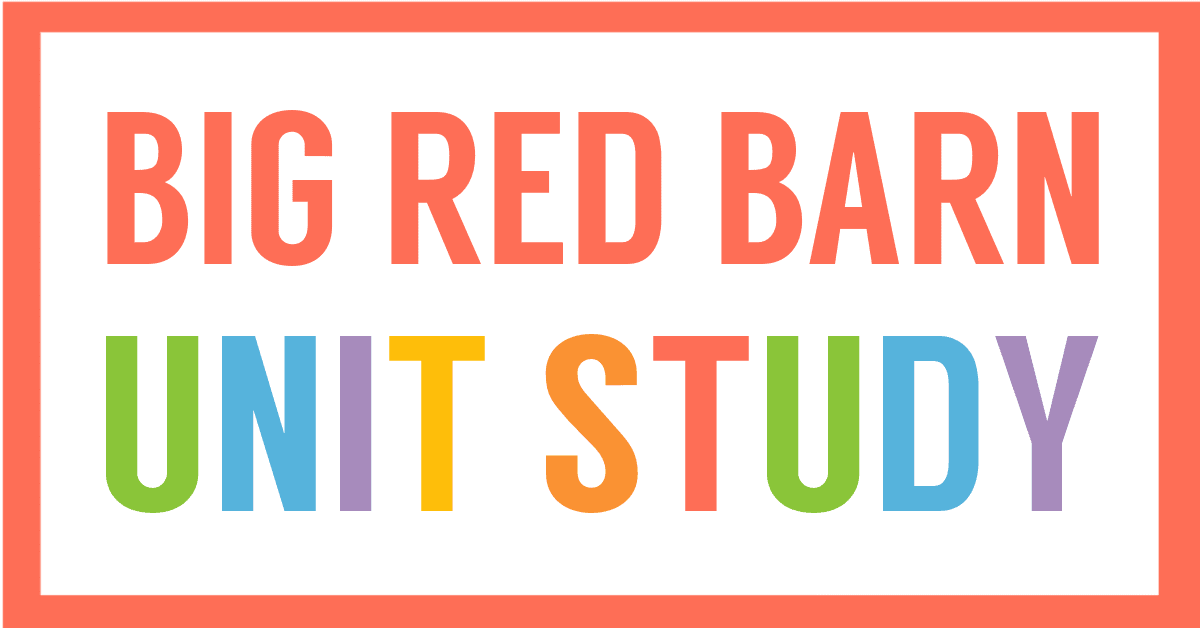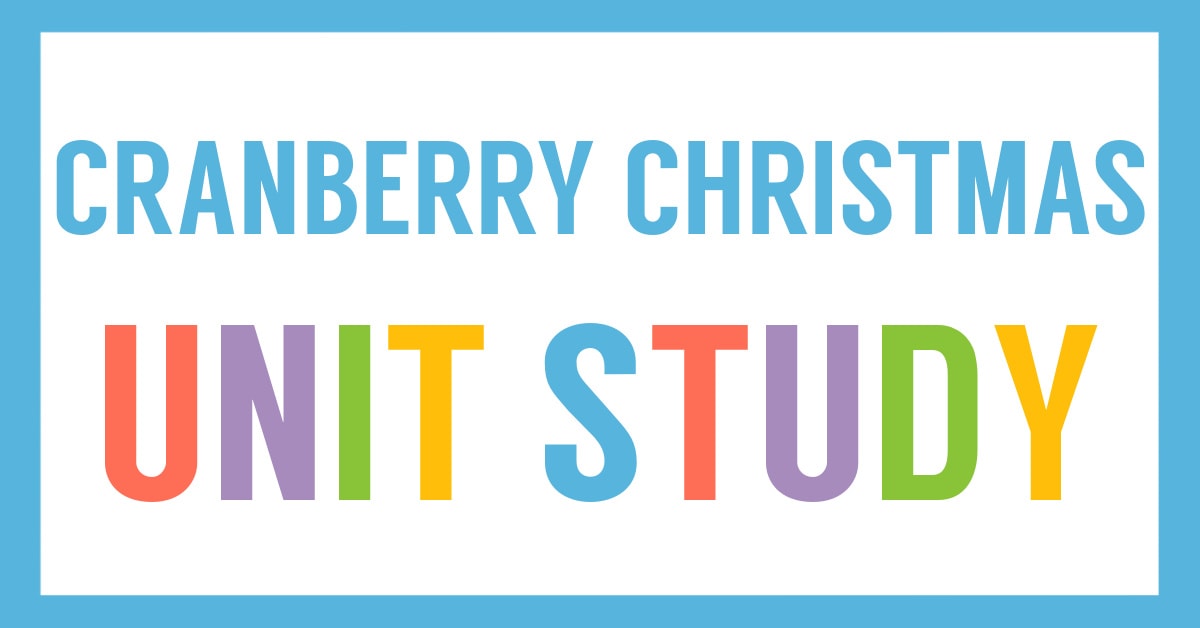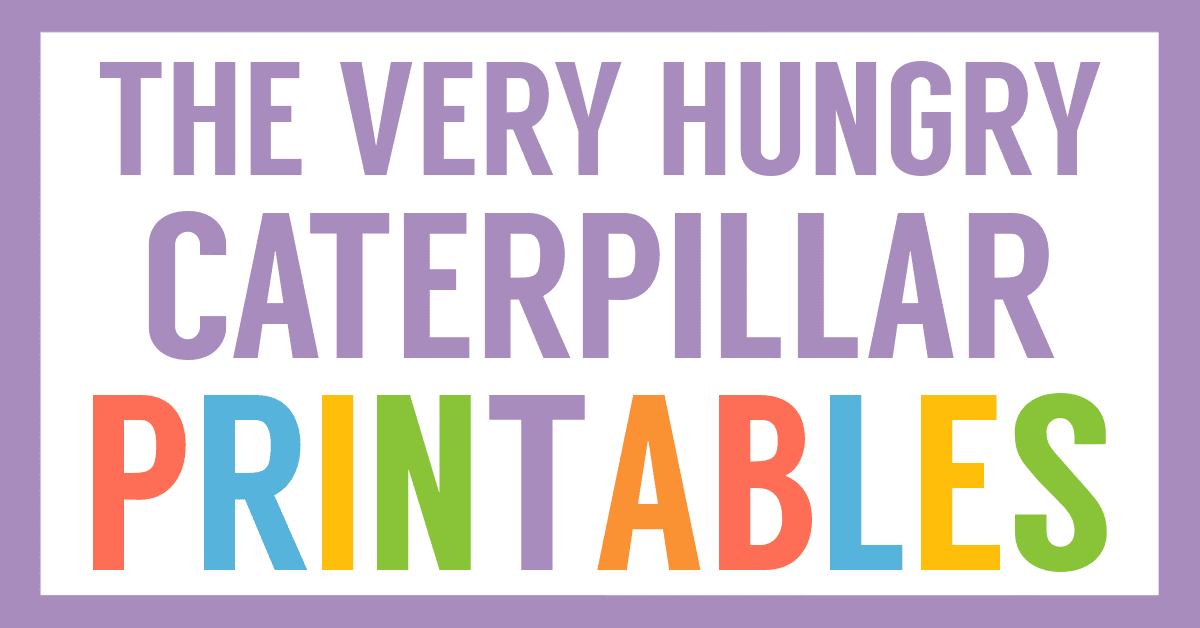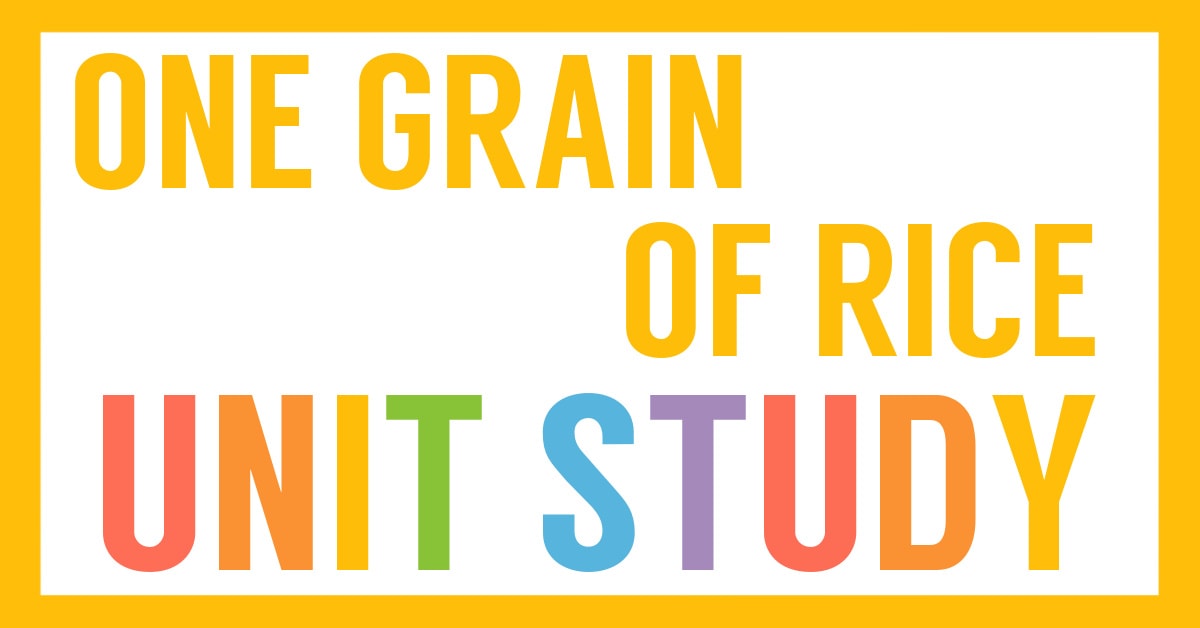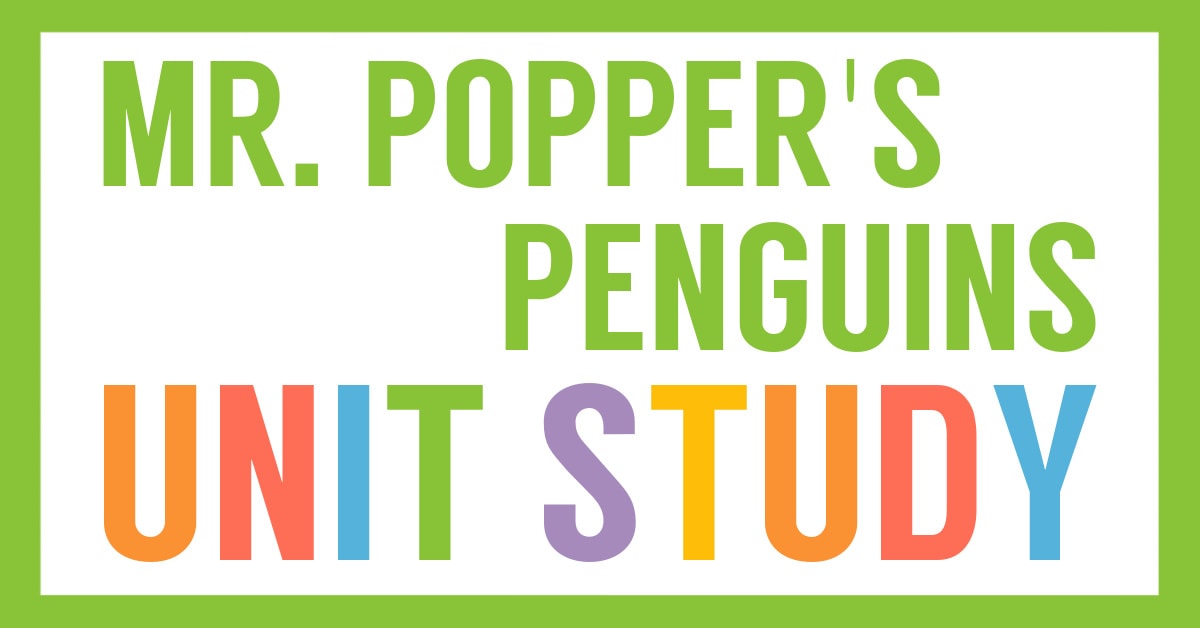Affiliate Disclaimer
We sometimes use affiliate links in our content. This won’t cost you anything, but it helps us to keep the site running. Thanks for your support.
Prince, a little Icelandic pony, is Anna’s best friend. She has nurtured him since he was born and loves him very much. But Prince is a winter pony, so now that summer is here, he must take his place among the herd and leave Anna behind. Touches of Norse mythology add magic and mystery to this heartwarming horse story.
This fantastic story serves as the base for lessons about Iceland, friendship, Norse mythology, alliteration, plot, horses, and more! Grab your free Winter Pony unit study and get started.
Thanks to Celia Hartmann for preparing this Winter Pony unit study.
Winter Pony Unit Study Lessons
This unit study includes lessons and activities based on the book Winter Pony by Krista Ruepp.
Here is a sample of the lessons found in this Winter Pony unit study:
Geography: Iceland, North Atlantic Ocean, Arctic, Arctic Circle Iceland is part of the Arctic region of the world. The Arctic includes eight nations: Iceland, Denmark (who also owns Greenland), Finland, Norway, Sweden, Russia, Canada, and the United States (because of Alaska). Iceland is an amazing place, a land of extremes…of deserts, hot springs, volcanoes, and glaciers. Iceland is nicknamed “The Land of Fire and Ice” and “The Land of the Midnight Sun.” Iceland is such a mix of harsh environments that NASA used the land to help train the first men who would walk on the moon (Apollo 11).
Iceland is an island (review definition of an island) just below the Arctic Circle. It is in the North Atlantic Ocean. Help your student locate the North Atlantic Ocean, Iceland, and the Arctic Circle on a globe or map. Help your student to see that Iceland is located about halfway between North America and Europe. It is about the size of Virginia or Indiana or Ohio.
Iceland is a fascinating place and as such there are many possible bunny trails that can be explored. At the bottom of the page are some ideas to help you get started on an extended study of Iceland.
Social Studies: Norse Mythology
If your student has studied ancient civilizations, remind him about Greek, Roman, and Egyptian mythology. Discuss how people who lived in other countries also had stories of gods and goddesses and other fictitious creatures. The early Icelandic settlers worshiped many gods and goddesses.
The Norse people (also called Scandinavians) are people who live in Norway, Sweden, Denmark, or Iceland. (You may want to help your student locate these countries; point out how close to the Arctic they are.) The stories these people made up are called Norse Mythology. These were the gods of the Vikings.
Below are several books which contain stories of Norse mythology. Choose a story to read to your child. Compare how they are similar to the mythology of other ancient civilizations.
About 1000 AD, the government of Iceland adopted Christianity as their religion.
You can grab a copy of the entire Winter Pony unit study in an easy-to-print file at the end of this post.
How to Get Started with the Winter Pony Unit Study
Follow these simple instructions to get started with the Winter Pony unit study:
- Buy a copy of the book, Winter Pony, or grab one from your local library. Unfortunately, this book is out of print. You may be able to use your library’s interlibrary loan program in order to borrow one.
- Print the Winter Pony unit study.
- Choose the lessons you want to use with your student (a highlighter works great for this).
- Enjoy a week of book-based learning with your student.
Download Your Free Winter Pony Unit Study
Simply click on the image below to grab the free Winter Pony unit study.
